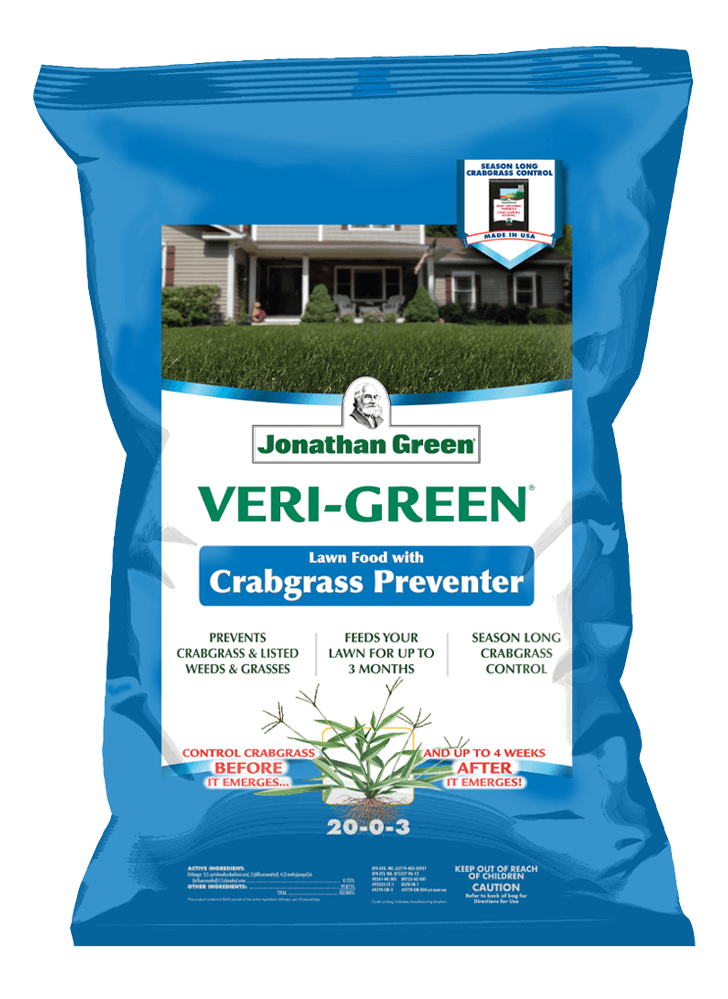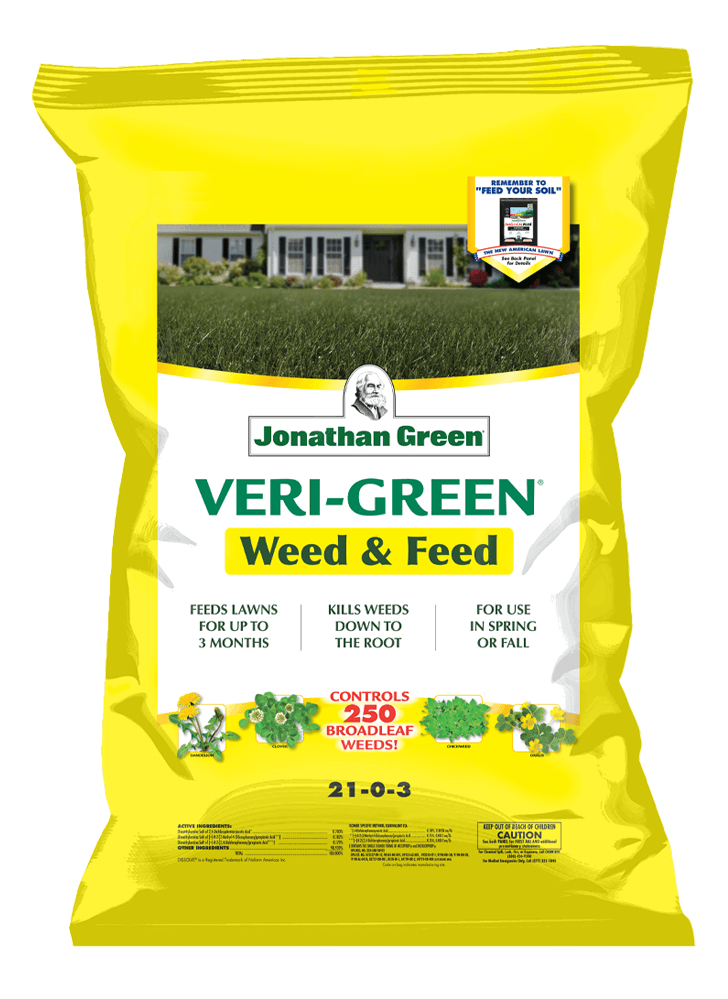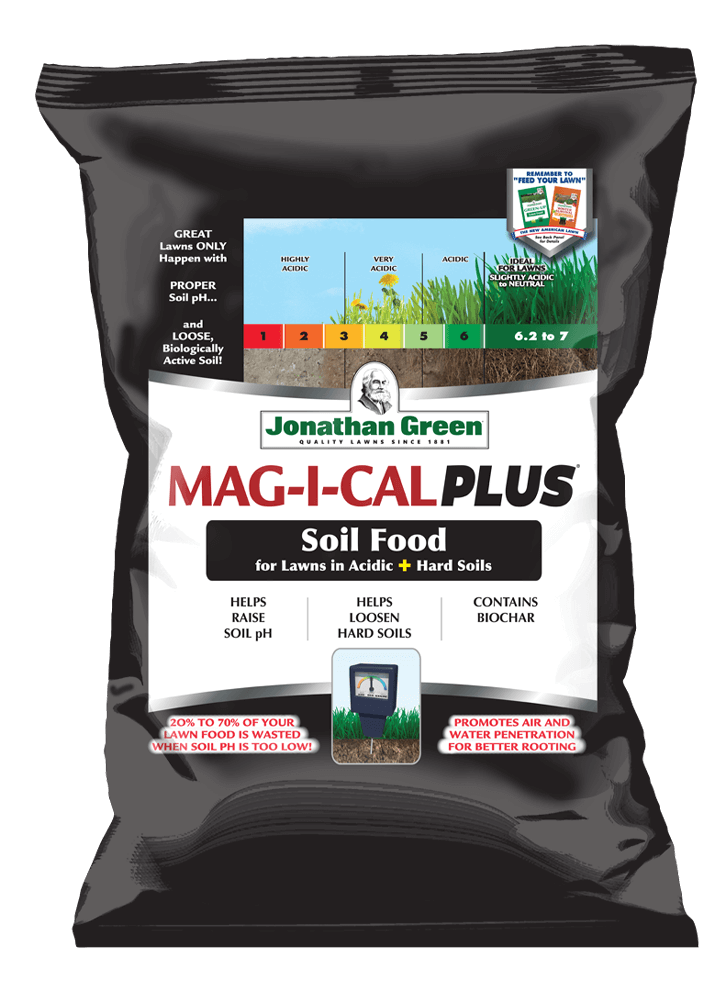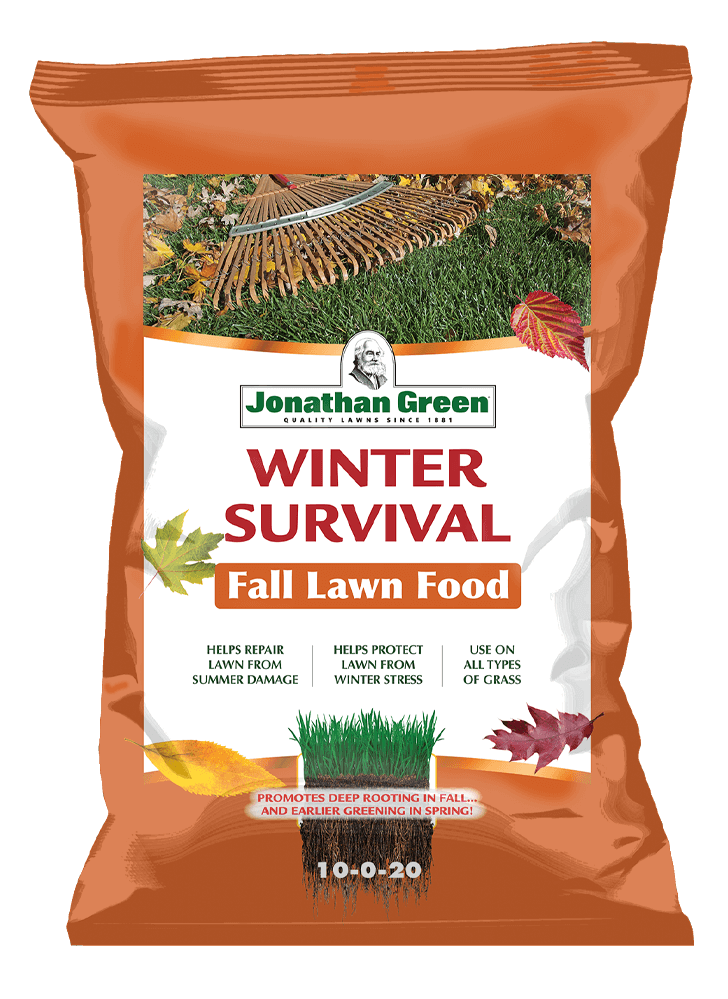Best Time to Fertilize a Lawn
When is the best time to fertilize a lawn? At Jonathan Green, we recommend feeding your lawn in spring, summer and fall. Jonathan Green has been growing beautiful lawns since 1881. Today, we breed genetically superior turf grasses, such as those found in our Black Beauty® grass seed mixtures. We do this in our own grass seed breeding program in Oregon and are a leading supplier of grass seed, organics, and turf products to both the independent retailer and professional lawn care markets. By following our revolutionary New American Lawn Plan, you will learn how to address the root of any lawn problems, instead of merely battling symptoms such as weeds, turf disease, and insects. Our goal is to feed your lawn AND your soil to encourage your Black Beauty® lawn to thrive.
Why Fertilize Your Lawn?
Most lawn nutrients are water-soluble. Over time, whether through rain or irrigation, they will be leached out of the soil, leaving your lawn malnourished. This means your lawn will be more susceptible to stress, resulting in patchiness, bare spots, browning, and weed invasion. Fertilizer contains nitrogen, phosphorus, and potassium; three nutrients that are vital to the health of your lawn:
- Nitrogen: This nutrient is responsible for the green color of your lawn as well as lush, vigorous growth.
- Phosphorus: This nutrient stimulates root growth and helps seeds sprout.
- Potassium: This nutrient helps grass resist drought, disease, fungus, wear from foot traffic, and extreme weather conditions.
Fertilizing an established lawn is important because it keeps the lawn looking good, maximizes the dark green color, and helps it better tolerate seasonal turf stresses, such as heat, drought, and cold. A thick, lush lawn with strong roots can also choke out weeds by preventing them from getting established in the first place.
When to Fertilize Your Lawn?
Essentially, the ideal time to fertilize your lawn is when it is hungry and you want to give it the nutrients it needs for optimal growth. Early Spring – In March or April, you will want to apply our Veri-Green Crabgrass Preventer plus Lawn Fertilizer to the lawn. This will gently feed it while helping it recover from winter and also controls crabgrass before and after it germinates. Late Spring – In May or June, you should apply Veri-Green Weed & Feed Lawn Fertilizer. This product provides your lawn with everything it needs to grow green and strong, and controls dandelion, clover, chick weed and over 250 other kinds of broadleaf weeds. Summer – In July or August, loosen up hard soil and balance the pH level to make it optimal for grass growth. Mag-I-Cal® Plus for Lawns in Acidic & Hard Soil is specially formulated to activate the microbial life in your soil to make the nutrients easier for grass roots to absorb. Fall – In September or October, it’s time to get your lawn ready to survive the winter. Winter Survival Fall Lawn Fertilizer is designed to keep your lawn fed through the winter while also fending off late winter/early spring turf diseases, such as pink or gray snow mold. Find out when is the best time to fertilize your lawn by visiting Jonathan Green online or contacting your nearest independent retail store where you can always rely on valuable lawn care advice.



